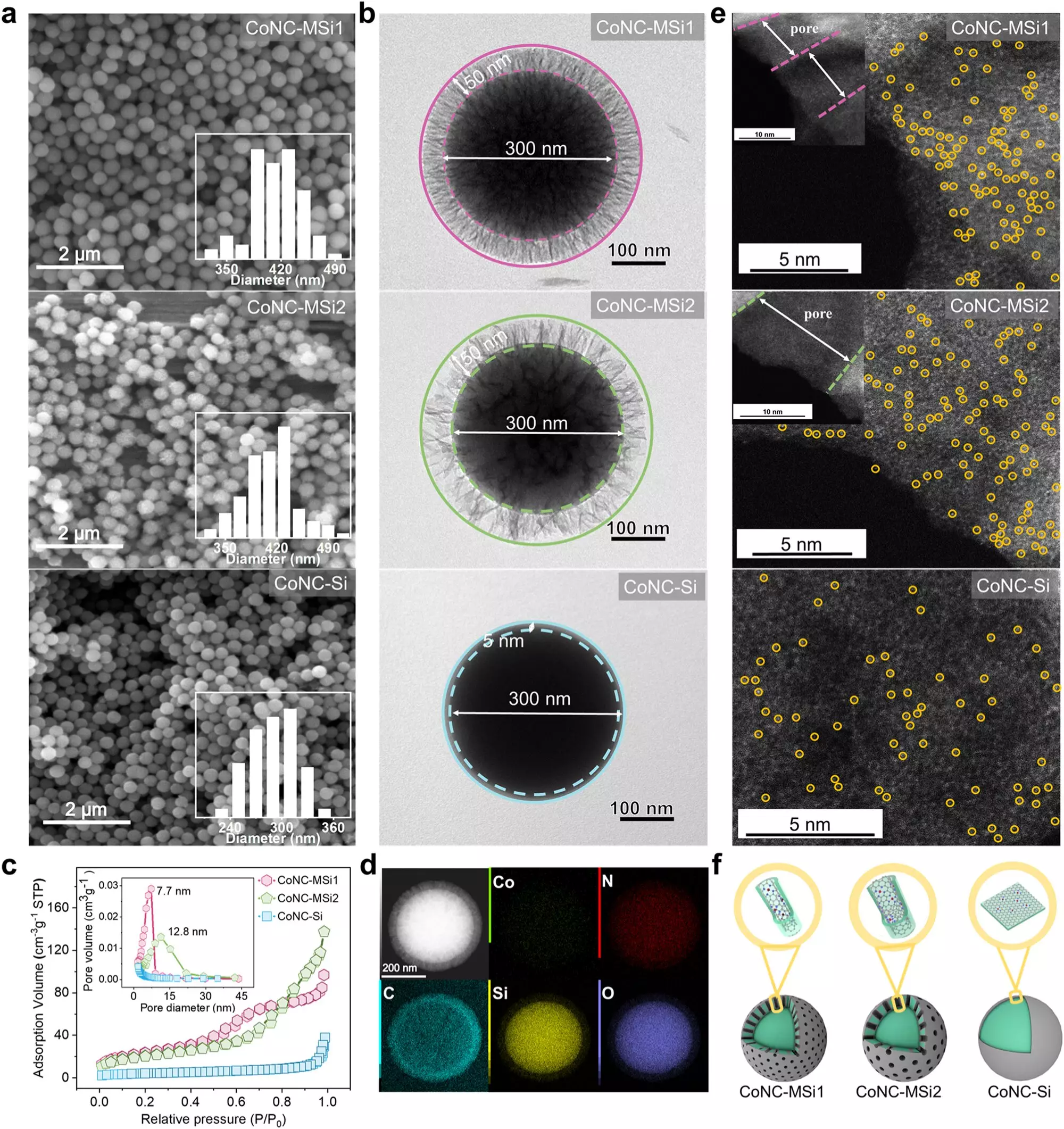Recent advancements in the realm of water pollution control have unveiled promising methodologies that address global environmental challenges. Researchers from the University of Science and Technology of China and the Suzhou Institute for Advanced Study have made significant strides by introducing a new technique involving single-atom catalysts (SACs) within a Fenton-like catalytic framework. Their work, published in the prestigious journal Nature Communications, has the potential to transform how we approach the degradation of harmful pollutants in water systems.
Single-atom catalysts have emerged as revolutionary tools in chemical reactions, particularly for their ability to facilitate the breakdown of pollutants. However, the practical application of these catalysts has been hindered by various limitations, notably the sluggish diffusion of reactants to the catalyst’s surface and the substantial amounts of oxidants typically required. Previous studies have noted improvements in efficiency when utilizing nanoconfined SACs, which involve the careful arrangement of catalysts in specific environments. Nevertheless, a detailed understanding of the processes that enhance their effectiveness remained elusive until now.
The breakthrough reported by the researchers is primarily based on confining SACs within ultra-small, nanometer-dimensioned pores within silica particles. This configuration not only accelerates the reaction rates but also optimizes the consumption of oxidants—key elements that facilitate the breakdown of hazardous compounds. The implications of this are profound: the experiments have showcased a remarkable 34.7-fold increase in pollutant degradation rates compared to conventional methods. This pivotal discovery is a testament to how innovative structural designs can reshape catalytic efficiency.
Perhaps one of the most striking revelations of this research is the transformation of the reaction pathway. Rather than depending on the inefficient singlet oxygen mechanism, the process has transitioned to a direct electron transfer mechanism. This fundamental change marks a significant advance in how pollutants are metabolized in water treatment processes and underscores the importance of ongoing research into catalytic mechanisms. The enhanced efficiency observed—where oxidant utilization jumped from 61.8% to an impressive 96.6%—reflects a pivotal shift in methodology that could redefine water purification technologies.
The practicality of this new technology has been reinforced through effective degradation of various electron-rich phenolic compounds across differing environmental conditions, including trials with actual lake water. Such robustness not only indicates the technique’s versatility but also highlights its potential for implementation in real-world scenarios where water quality control is paramount.
This research expands our understanding of nanoconfined catalysts and opens up avenues for innovative, low-carbon, efficient water purification technologies. As we face increasing environmental challenges, the insights provided by these findings may guide future explorations into advanced oxidation processes, ultimately contributing to a cleaner and more sustainable planet.


Leave a Reply